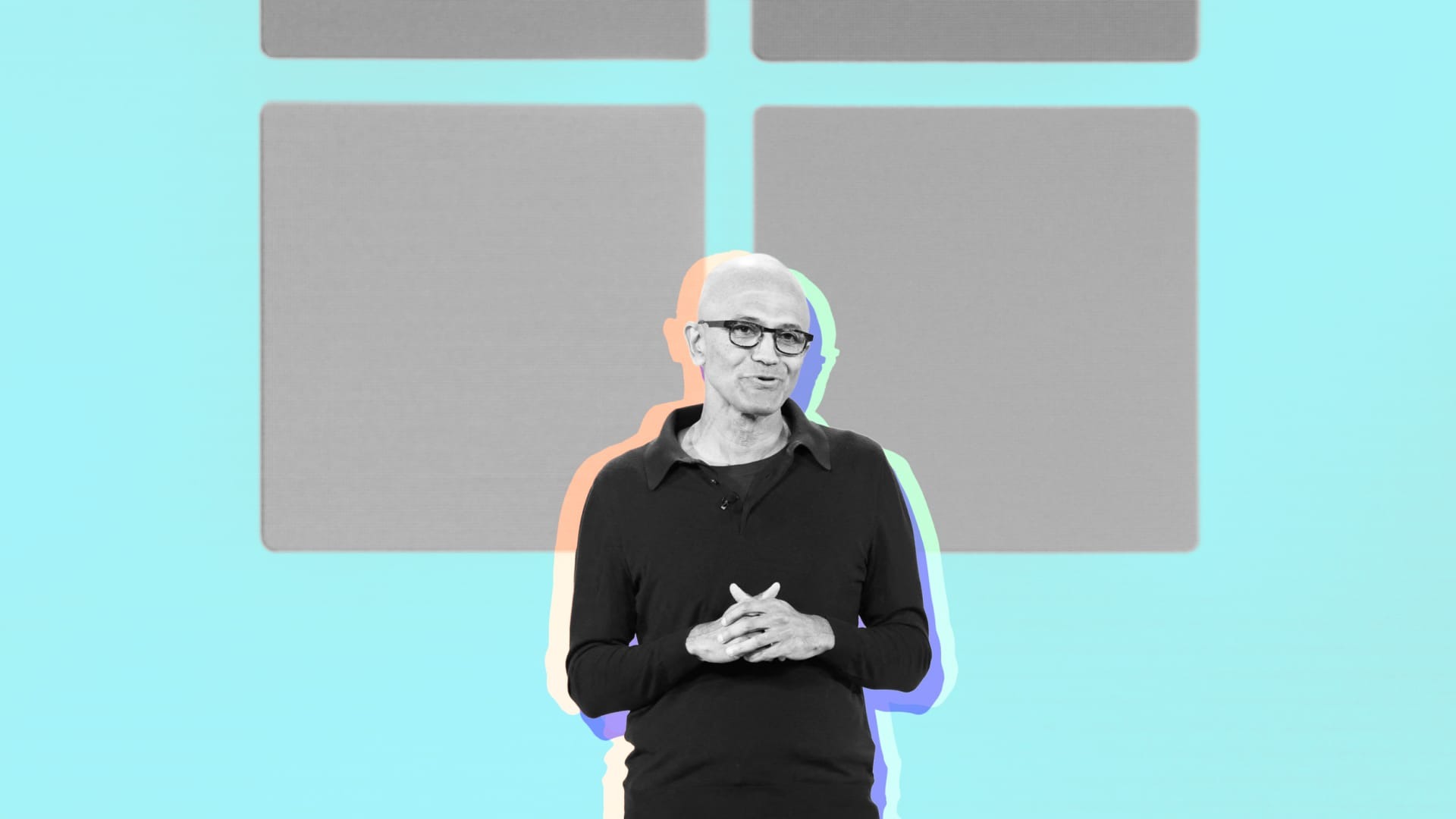- | 8:00 am
Satya Nadella’s 3-word description of Microsoft’s culture should inspire leaders to be learners
To build a ‘learn-it-all’ culture, you need to be a learn-it-all leader.

Hello and welcome to Modern CEO! I’m Stephanie Mehta, CEO and chief content officer of Mansueto Ventures. Each week this newsletter explores inclusive approaches to leadership drawn from conversations with executives and entrepreneurs, and from the pages of Inc. and Fast Company. If you received this newsletter from a friend, you can sign up to get it yourself every Monday morning.
Soon after Satya Nadella became CEO of Microsoft in 2014, he set about transforming the tech giant’s culture. His goal: Change from a place where people acted like “know-it-alls”—unsurprising perhaps because the company had been dominant for so long—to a “learn-it-all” culture that is “about learning, listening, and harnessing individual passions and talents to the company’s mission,” as he writes in his 2017 book, Hit Refresh.
Few can dispute the impact of Microsoft’s shift to a learn-it-all culture. Under Nadella, Microsoft’s swagger is back, to paraphrase my Fast Company colleague Harry McCracken. Nadella killed failing projects, such as a mobile phone operating system, and embraced promising opportunities like cloud computing. He has overseen a partnership with OpenAI, making Microsoft a leader in artificial intelligence. The company is currently the most valuable in the world, with a market capitalization north of $3 trillion.
THE SHIFT TO LEARNING MODE
But executing a learn-it-all culture requires real work. Carol Dweck, whose research on “growth” versus “fixed” mindsets inspired Satya Nadella, cautions that simply espousing a culture of curiosity will not translate into change. Companies need to set policies and practices that enable employees to exercise a growth or learn-it-all approach.
That means that leaders, too, need to shed their know-it-all tendencies, which can be difficult given that colleagues often expect executives and entrepreneurs to have all the answers. I asked David C. Novak, the former chairman and CEO of Yum! Brands and author of the forthcoming book How Leaders Learn: Master the Habits of the World’s Most Successful People (on sale June 4), if curiosity and a learning mindset can be taught. “I absolutely believe it is a muscle that can be strengthened, and I think it can become a habit,” says Novak. “But you have to build self-awareness that the only way I’m going to get better is by being humble enough to know that I don’t know everything, and I need other people, and I can learn from them.”
Novak’s book, which features insights from leaders such as former American Express CEO Kenneth Chenault and activist Temple Grandin, is divided into chapters that offer examples of how to learn from experiences (e.g., crises, successes) and how to learn by being a more astute or active manager (e.g., ask better questions, improve listening). But throughout, humility emerges as a key theme for learning.
LESSONS IN FAILURE
In a chapter subtitled “Learning From Your Failures,” Novak recalls how, as chief marketing officer of PepsiCo’s beverages division, he pushed ahead with a product called Crystal Pepsi—a clear, carbonated soda—despite negative feedback from bottlers and even former PepsiCo CEO Donald M. Kendall. The product was named one of Time magazine’s 100 Worst Ideas of the Century and was spoofed on Saturday Night Live, Novak says. One of his big takeaways: “When people with experience share their lessons with you, listen,” he writes.
Nadella had a similar humbling experience on his journey to embracing a learn-it-all mentality. In Hit Refresh he talks about comments he made at the 2014 Grace Hopper Conference in Phoenix, suggesting women seeking pay raises should have “faith that the system will give you the right raise.” Satya Nadella was immediately pilloried in the press and on social media and quickly sent an apology email to employees. Nadella recounts: “In some ways I’m glad I messed up in such a public forum because it helped me confront an unconscious bias I didn’t know I had, and it helped me find a new sense of empathy for the great women in my life and at my company.” He concludes: “I had gone to Phoenix to learn, and I certainly did.”
WHAT’S YOUR APPROACH TO LEARNING?
How do you learn? Are there tools and tactics you employ to make sure you are learning something new every day? And if your company embraces a learn-it-all culture, what are the benefits? Please send examples to me at st************@******to.com. I hope to share your insights in a future newsletter.






































